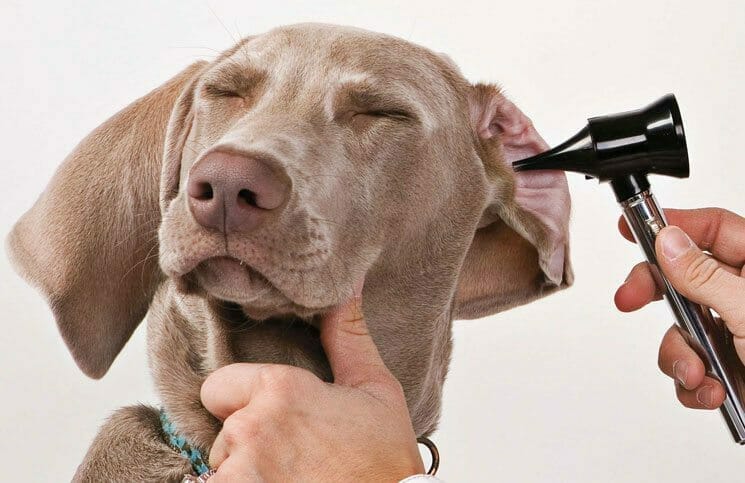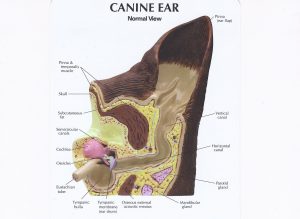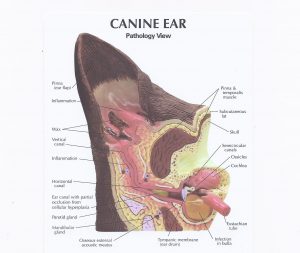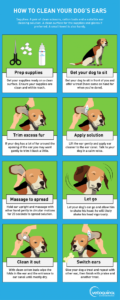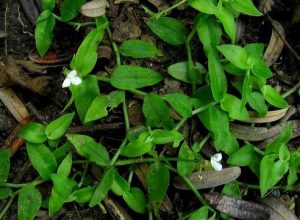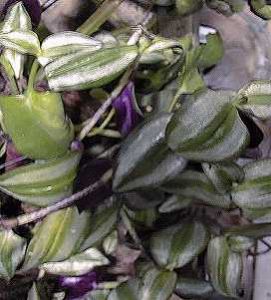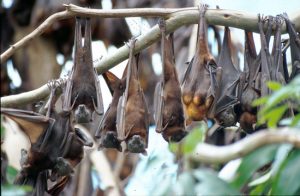Spring is here and with it comes an unwanted pest for dogs and cats – the [wiki title=”Ixodes_holocyclus”]Paralysis Tick.[/wiki]
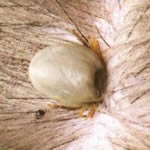
New ticks hatch at this time of the year and are particularly toxic to dogs and cats. Many native animals have developed a resistance to the ticks poison, including their natural host the bandicoot, but unfortunately, most dogs and cats are badly affected if a tick attaches to them. The paralysis tick injects a poison into the system which progressively paralyses the host animal. Early signs of tick paralysis include vomiting, a change of bark and faster breathing. This quickly progresses to hind and forelimb paralysis and finally death.
Traditionally we have very few ticks in the Kalinga / Wooloowin and Wavell Heights areas but this year seems to be a bit different. There seem to be a lot more ticks around. It is early spring we are finding ticks on dogs on a regular basis and have had several cases of paralysis. Perhaps all the rain we had last summer has created more favourable conditions. Similarly, you don’t have to travel too far from this area for ticks to be seen – notably the Sunshine Coast, a popular weekend and holiday destination. Every spring and summer we have animals in the hospital with tick paralysis – the result of dogs picking up ticks further afield and bringing them home.
If you are taking your dog into tick areas we recommend the following precautions:
Best Practice for tick prevention
Daily Searching – Ticks are usually found from the shoulders forward in areas including the head, neck, face and forelimbs.
If found:-
- Remove the tick using a firm pull. Grip the tick at the base of the head using tweezers or tick remover.
- You can treat the tick with an insecticide (use a flea or tick rinse labelled for your pet) prior to removal if you’re unsure.
- Do not delay in removal – proceed to the vet to have the tick removed if you cannot do it yourself.
- Clean the site well using fresh water and possibly some correctly labelled disinfectant.
Bravecto – is the newest preventative control available. It comes in the form of an oral chew. Bravecto will last 3mths against Paralysis tick.
Coming Soon!!! Bravecto Spot On – this form of control will last up to 6mths – please contact us to find out more…
Alternative Preventatives
Advantix Spot On for dogs – Advantix needs to be applied fortnightly to prevent ticks
Frontline Top Spot and Spray – will also kill ticks for up to 2 weeks. Should be applied at least 2 days before entering an infested area. This is a popular and easy treatment.
Tick Collars – (similar to flea collars, but with a different active ingredient) are increasing in popularity and will kill ticks for up to a 3 month. Certain tick collars have different requirements and must be used correctly to work. Please contact us on 3357 1588 to discuss which collars would be most effective and how they need to be used.
Bathing – using an insecticidal rinse that kills ticks is a popular additional treatment.

